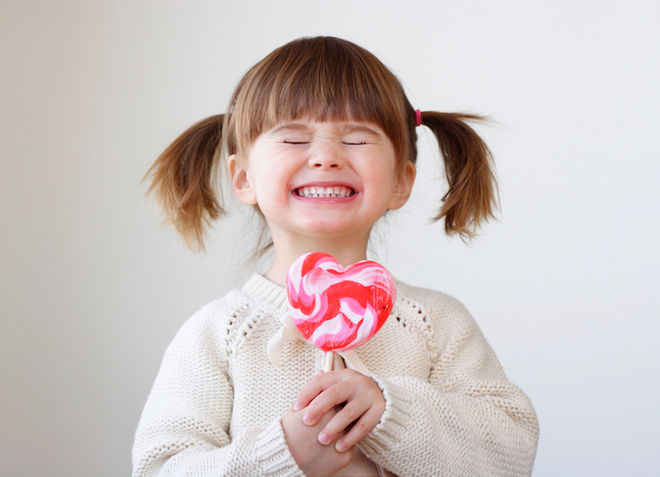When most people think of anxiety, they picture how it affects adults and possibly themselves. For a long time, anxiety was thought to only be an issue adults faced. Did you know children experience anxiety too?
Even if your child is not diagnosed with the anxiety-based disorder, it is extremely important to teach calming techniques to your child. Telling someone to just calm down is never effective, though I am sure we have all found ourselves asking our children to do just that at least once in our lives.
1. Give yourself a hug

Deep touch pressure is a form of tactile sensory input commonly used for children with autism, anxiety and other sensory disorders. Giving yourself a hug is one major part of that technique. Have your child wrap their arms around themselves, squeeze and hold as long as necessary, while taking in a few deep breaths.
2. Yoga & Stretches
Many adults around the world have discovered the multiple benefits of yoga. One of these benefits is that it helps to calm your senses, thus relieving your anxiety. Children can benefit from yoga just the same! You can teach them a multitude a simple pose such as a downward facing dog, tree pose, and mountain pose.
To do mountain pose, start by standing with your legs shoulder-width apart, back straight, shoulders back and your arms down to your sides. Take a deep inhale and bring your arms up to your sides then over your head, keeping your arms straight and your fingertips pointing up.
3. Breathing

There are several different breathing techniques that all work great. The easiest one I have found is to take a large inhale, hold for three seconds, and then a large exhale. This can be repeated as many times as necessary for the child begins to calm down.
4. Taking a Walk
Taking a walk is known help improve our energy levels, strengthen our muscles, improve balance, and help with our overall health. Another great benefit of taking a walk is that it improves our moods and helps relieve anxiety. Either it’s a baby or an old enough to walk, the child needs a ride. For that reason, you can go out even running using best strollers available or if your child is old enough you can get them power wheels to use it and feel better.
When your child begins to have anxiety, if possible it is great to take a small walk. Walking offers movement which helps let some of that anxiety out physically. It also helps with breathing and offers distractions to take their mind away from the cause of anxiety. Walking outdoors is my favorite of these, but anywhere you can take a walk will be helpful.
5. Noise Cancelling Headphone
Noise canceling headphones are an amazing resource for those affected by anxiety, especially children. Many times, excess noise can cause and anxiety and make current anxiety worse. Since leaving the situation may not always be possible, this is a great resource to use at school, concerts, and other busy places.
Noise canceling headphones work by blocking out some background noises and reducing other sounds. You can still hear people speaking while wearing these, which is why they are really great for school.
6. Listening to Music
Ever heard the phrase “Music calms the savage beast”? Classical music is a typical go-to for calming music. Where this does work great, not every child enjoys classical music.


